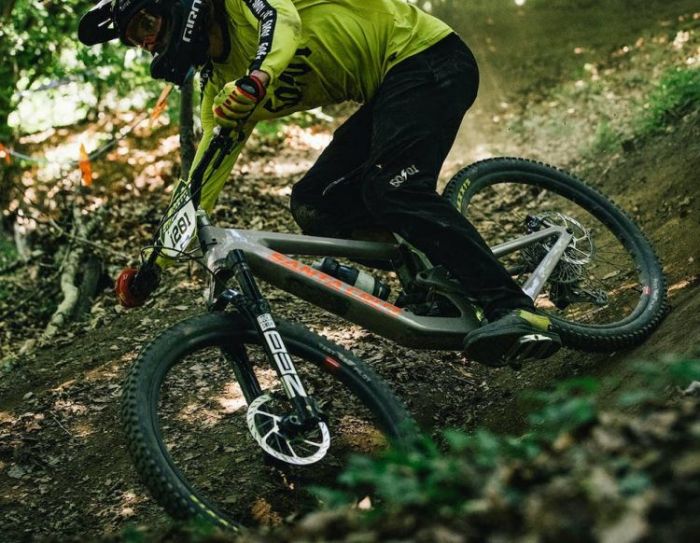Rocky Mountain Solo 30 Review
- Price: $1,599
- Frame: Aluminum
- Tires: 700 x 40c
- Gear: 1 x 11
What We Like:
- The 1× drivetrain is easier for beginners to handle.
- The carbon front fork provides a comfortable riding experience on gravel roads.
What We Don’t Like:
- Limited color choices for the bike’s paint.
Rating: (4.75/5)
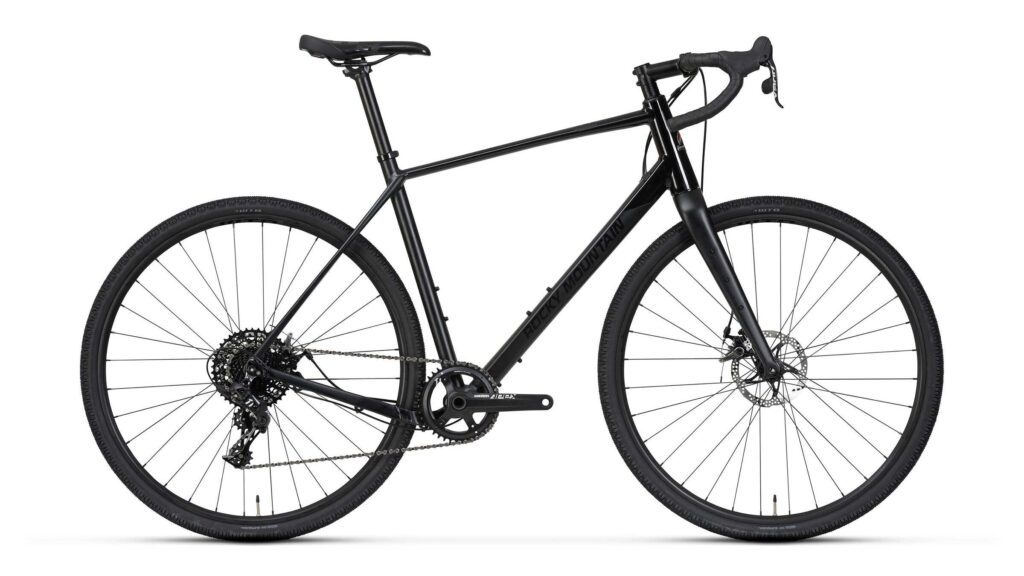
The Rocky Mountain Solo 30 is a high-value gravel bike suitable for a wide range of riding scenarios, excelling on gravel surfaces. Its lightweight aluminum frame and carbon fiber front fork offer a comfortable ride, even on country trails. Additionally, the 1×11 SRAM Apex 1 drivetrain system not only allows for quicker gear changes but also reduces maintenance requirements.
Here, we’ll analyze the riding experience, main features, components, specifications, and other versions of the Rocky Mountain Solo. If you’re interested in more bike reviews, feel free to follow us.
Riding Experience
Despite the high temperatures, we weren’t content with just a simple city ride. So, we booked accommodations through IHG and planned a ride from New Paltz, with the journey ending in Lake Katrine, where we would rest.
Over a distance of approximately 22 miles, I didn’t maintain a consistent speed throughout the ride. I wanted to take it slower to evaluate the bike’s overall performance more thoroughly. Yes, initially, Eve argued that the Cannondale Topstone 4 was much stronger, but after this ride, they changed their tune.
Gravel Riding
The Wallkill Valley Rail Trail from New Paltz to Lake Katrine is a typical gravel bike path with a mostly smooth surface. However, it does have some bumps when crossing certain railroad tracks. These bumps weren’t a significant issue due to the carbon fiber front fork on the Rocky Mountain Solo 30, which provided some shock absorption.
During the first bumpy encounter with the railroad tracks, I was concerned that the 700×40c Kenda Flitridge Pro DTC TR tires might puncture. I heard worrying sounds as the edges of the tires hit rocks or the tracks. However, upon inspecting the tires, I found no dents or obvious wear, boosting my confidence.
Moreover, the Rocky Mountain Solo 30 features the SRAM Apex 1 1× drivetrain system, which shifts crisply and swiftly. Its technology for chain retention ensures that you can confidently and accurately adjust to the right gear, even on bumpy gravel roads.
Overall, the Rocky Mountain Solo 30’s performance during the entire gravel ride did not disappoint us.
Is It Comfortable?
Since this trip was quite long, overall comfort was a key consideration. The initial impression is that the Rocky Mountain Solo 30’s geometry appears less aggressive. Firstly, its head tube angle (MD 71°) is relatively relaxed, reducing strain on our backs and allowing for a comfortable riding posture. Secondly, its top tube length (MD 560mm) is relatively short, keeping the rider’s torso more upright. This is an attractive design for long rides.
Furthermore, its saddle is the Rocky Mountain 148 Steel, which differs from the saddle cutout I’m accustomed to. However, it proved to be more comfortable than I had imagined. The saddle’s middle section has a contoured design, reducing pressure and friction in the sensitive perineal area. However, for me, it doesn’t offer as good ventilation as a saddle with a cutout. Consequently, during the latter part of the journey, I switched back to my preferred saddle.
Yes, the Rocky Mountain Solo 30’s comfort was indeed put to the test, and its performance on this cycling journey is praiseworthy.
Specifications
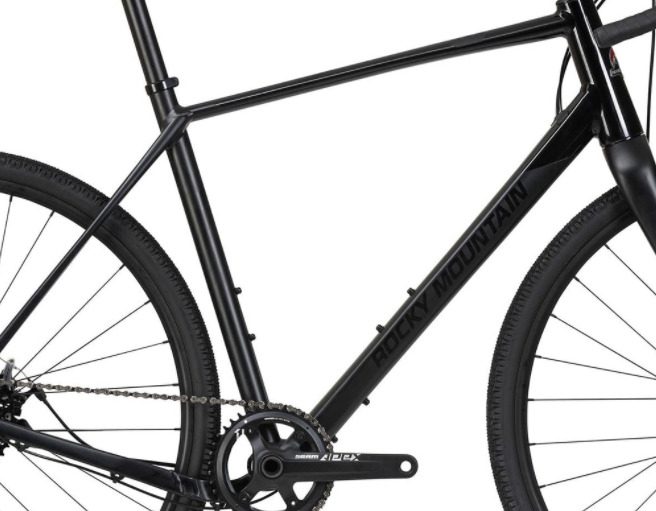

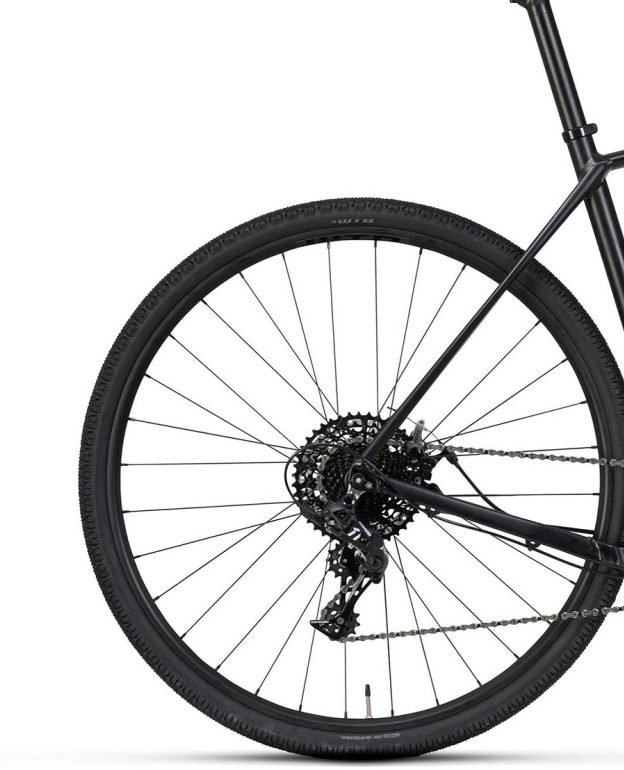
The aluminum frame of the Rocky Mountain Solo 30 balances lightness with cost savings. However, its carbon fiber front fork, replacing an aluminum one, enhances its shock-absorption capabilities. It’s worth noting that the Rocky Mountain Solo 30 strikes a good balance between cost savings and performance.
Additionally, the Rocky Mountain Solo 30’s frame features an ample number of mounting nuts. These mounting nuts allow us to install accessories such as water bottle cages or front racks.
Furthermore, the bike follows an internal cable routing design, giving it an overall neater appearance. However, I must be honest and admit that it’s not entirely internally routed; some cables are exposed. Therefore, attention to the cleanliness of cable entry points is necessary.
Hydraulic disc brakes are more popular nowadays. Still, the Rocky Mountain Solo 30 comes equipped with the TRP Spyre mechanical disc brakes, which are robust and offer relatively lower long-term maintenance costs.
So, if you don’t consider hydraulic disc brakes an absolute necessity, this bike could be a good choice.
Other Versions of the Rocky Mountain Solo
After spending enough time riding the Rocky Mountain Solo 30 across various terrains, we have gained valuable insights into its drivetrain system, wheelset, and more. It is indeed an affordable gravel bike.
However, the Rocky Mountain Solo comes in more than one version, and we have conducted further research.
2023 Rocky Mountain Solo Carbon 70
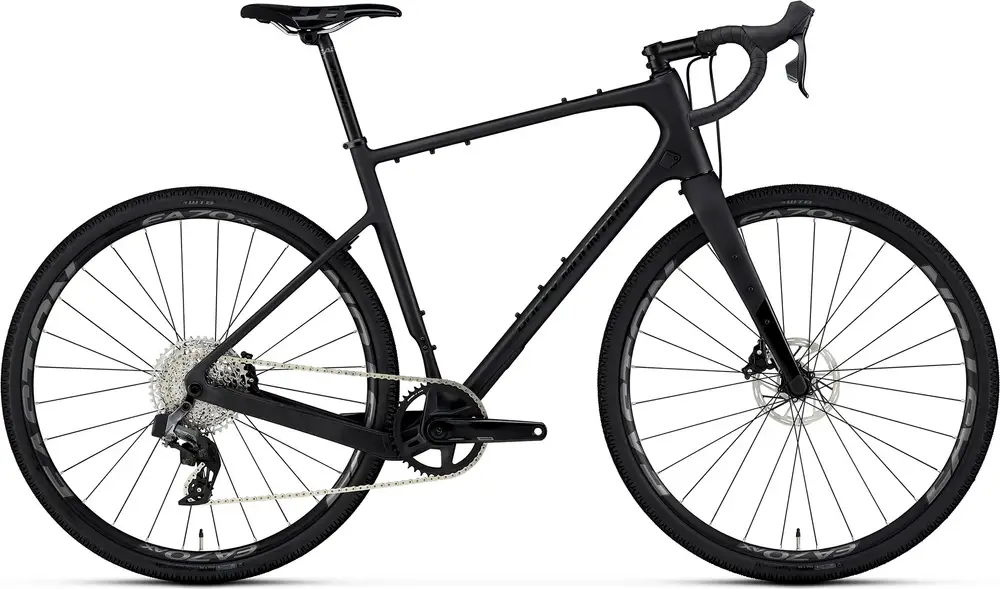
The price of the 2023 Rocky Mountain Solo Carbon 70 is $3,400 higher than the Rocky Mountain Solo 30, and there are good reasons for the difference. Firstly, this bike features a full carbon fiber frame and a 1×12 electronic drivetrain system, providing a superior riding experience in terms of both operation and precision. Moreover, it doesn’t compromise on mounting points despite having a full carbon fiber frame; in fact, it offers even more.
Furthermore, it comes with SRAM Rival hydraulic disc brakes. Hydraulic disc brakes are typically known for precision but can be relatively heavy. However, this brake system uses lightweight materials, reducing its overall weight.
In addition, it’s equipped with WTB Venture TCS Light Fast Rolling tires, which offer excellent value in terms of weight and gravel road performance.
In summary, if you have higher demands and a sufficient budget, you may want to consider the 2023 Rocky Mountain Solo Carbon 70.
Video
What do we like about it?
- The 1× drivetrain system is easy to operate, especially for beginners.
- Sturdy yet relatively lightweight.
- Comfortable and ergonomically designed geometry.
- Fast-rolling and durable tires.
What don’t we like about it?
- Limited color choices for the bike’s paint.
FAQ
- What drivetrain system does this bike have?
It features an SRAM Apex 1 drivetrain.
- Are the brakes on this bike mechanical disc brakes?
Yes, its brakes are TRP Spyre mechanical disc brakes.
- What size options are available for this bike?
Size Chart:
| Rider height | SIZE |
| 5’0″ – 5’5″ | XS |
| 5’2″ – 5’7″ | SM |
| 5’5″ – 5’10” | MD |
| 5’8″ – 6’3″ | LG |
| 6’1″ – 6’6″ | XL |
Specs
Build
| Frame | Rocky Mountain Butted 6061 SL Series Alloy. 1x Only. BB386 EVO. 12x142mm Axle. Flat Mount Disc. 700x40c & 650bx2.2 Compatible. Dropper Post Compatible.BB Standard: BB86/BB92, Press FitColor: Black |
| Fork | Rocky Mountain Carbon Gravel. 15mm Axle. Cargo 3 Pack & Fender Mounts |
| Bottom Bracket | Rocky Mountain BB386 24mm Axle |
| Headset | Rocky Mountain | Sealed 36°x45° Bearings | 30.2mm x 41mm x 7.1mm Upper | 40mm x 51.8mm x 7.5mm Lower | 1.5″ Crown Race |
| Stem | Rocky Mountain 31.8 XC | 7° Rise | XS = 60mm |SM = 70mm | MD = 80mm | LG= 90mm |XL = 100mm |
| Handlebar | Rocky Mountain Flare Drop |
| Saddle | Rocky Mountain 148 Steel |
| Seatpost | Rocky Mountain 30.9mm |
| Grips | Rocky Mountain Gel Bar Tape |
Groupset
| Rear Derailleur | SRAM Apex 1 |
| Crank | SRAM Apex | 40T | 24mm Spindle | XS-SM = 170mm | MD = 172.5mm Crank Length | LG-XL = 175mm Crank Length |
| Shifters | SRAM Apex |
| Cassette | SRAM PG-1130 11-42T |
| Chain | KMC X11-1 |
| Brakes | TRP Spyre | Resin Pads | F: TRP 160mm | R: TRP 160mm |
Wheels
| Rims | WTB ST i21 TCS Tubeless | 32H | Tubeless Ready – Tape | Valves Incl |
| Spokes | 2.0 Stainless |
| Front Hub | Rocky Mountain 15mm |
| Rear Hub | Rocky Mountain 12x142mm |
| Tires | F: Kenda Flitridge Pro DTC TR 700 x 40c | R: Kenda Flitridge Pro DTC TR 700 x 40c |
Comparison Table
| Bikes | Click to view | Tires | Drivetrain | Frame Material | Groupset |
| Specialized Diverge Elite E5 | Click View | 700x38c | 2 x 10 | Aluminum | Shimano GRX 400, GRX 600 |
| Cannondale Topstone 3 | Click View | 700x37c | 2 x 9 | Aluminum | Shimano Sora, FSA |
| Canyon Grizl 6 | Click View | 650b / 700c x 45 mm | 2 x 10 | Aluminum | Shimano GRX 400, GRX 600 |
| Kona Rove AL 650 | Click View | 650x47c | 2×8 | Aluminum | Shimano Claris |
Specialized Diverge Elite E5 vs. Rocky Mountain Solo 30
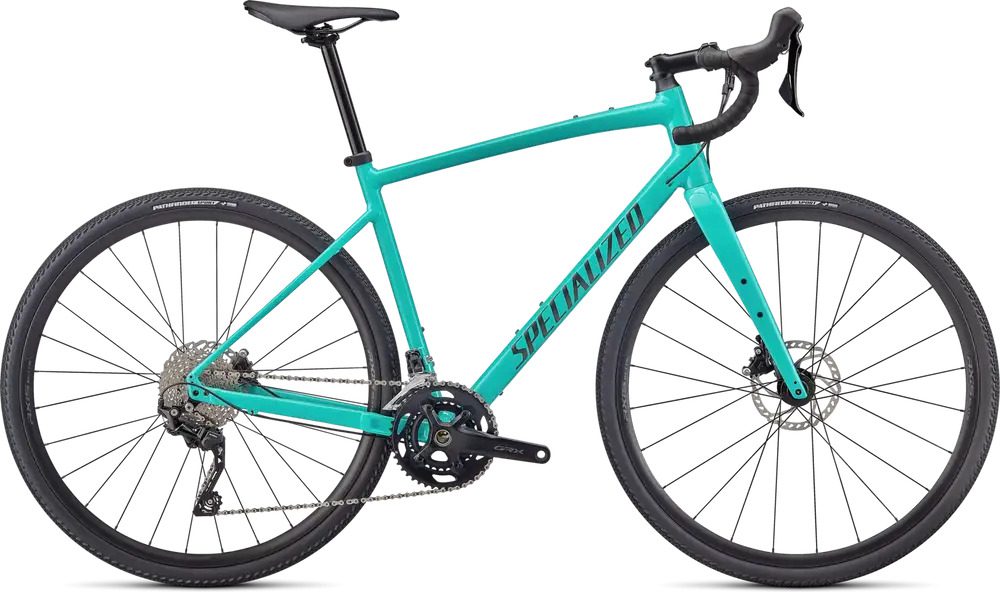
I have to say, the Specialized Diverge Elite E5 offers a wider range of color choices. So, for users who don’t fancy a black finish, the Specialized Diverge Elite E5 might provide the options you’re looking for.
While the Specialized Diverge Elite E5 comes at a slightly higher price point than the Rocky Mountain Solo 30, I must also admit that its geometry design leans more towards comfort. It features a more relaxed head tube angle (71.25°), and its bottom bracket height (270mm) is lower, resulting in a more comfortable and stable ride.
However, it’s important to note that the Specialized Diverge Elite E5 employs a 2×10 drivetrain, which can be relatively heavier. For beginners, the 1× drivetrain system used in the Rocky Mountain Solo 30 is easier to handle.
So, if you’re not a fan of black paint and desire more gear options, it might be worth trying out the Specialized Diverge Elite E5. If you’re a beginner with a limited budget, I’d recommend giving the Rocky Mountain Solo 30 a shot.
Cannondale Topstone 3 vs. Rocky Mountain Solo 30
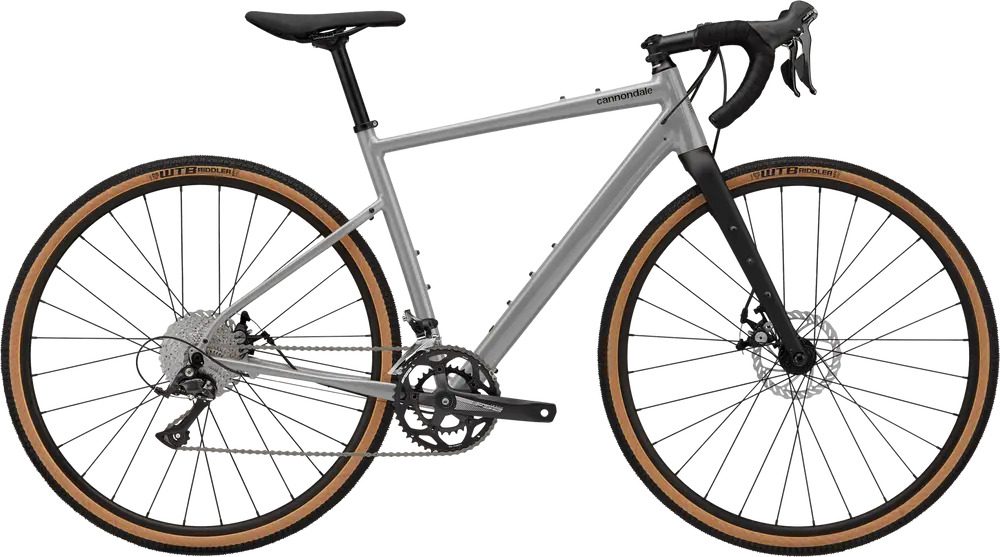
The tire width on the Cannondale Topstone 3 is slightly narrower compared to the Rocky Mountain Solo 30. For riders who pay attention to details, this might not be easily overlooked. I find that narrower tires provide faster rolling speed. Additionally, when it comes to drivetrains, the Rocky Mountain Solo 30 features a 1×11 SRAM Apex 1, while the Cannondale Topstone 3 uses a 2×9 Shimano Sora GS. These are components from two reputable brands, and there’s no need for me to go into extensive detail because they are both excellent. Your choice can be based on your preference for a particular brand or how many gears you prefer to have.
When selecting a bike, we also consider its brakes. The Rocky Mountain Solo 30 is equipped with TRP Spyre mechanical disc brakes, which utilize a unique dual-piston design and perform exceptionally well on challenging road surfaces.
On the other hand, the Cannondale Topstone 3 comes with the Promax Decoder R mechanical disc brakes, which are relatively straightforward. They handle simpler road conditions perfectly fine.
So, if your riding environment is relatively complex, I would recommend trying out the Rocky Mountain Solo 30. If you prefer having more gear options, I think the Cannondale Topstone 3 can be one of your choices.
Learn More: Is Cannondale Topstone 3 A Good Bike? [2022 Cannondale Topstone 3 Review]
Canyon Grizl 6 vs. Rocky Mountain Solo 30
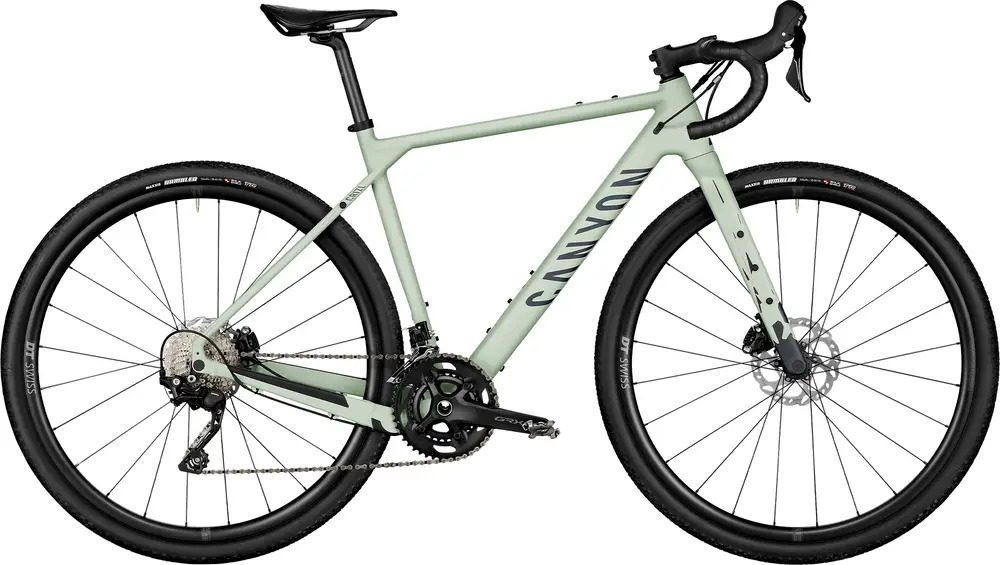
The Canyon Grizl 6 comes at a lower price point compared to the Rocky Mountain Solo 30, and it features Shimano GRX RX400 hydraulic brakes. This allows it to perform steadily in a wider range of environments. Additionally, its drivetrain uses a 2×10 Shimano GRX RX400, providing more gear options. The Canyon Grizl 6 is also $100 cheaper than the Rocky Mountain Solo 30. However, if you prefer a 1× drivetrain, the Rocky Mountain Solo 30 might satisfy you. It employs anti-chain-drop technology in its drivetrain, so you don’t have to worry about chain drops during gear shifts.
In summary, both of these bikes, in my opinion, offer excellent value for the money. Your choice will ultimately depend on your riding preferences and intended usage scenarios.
Learn More: Is Canyon Grizl CF SL 8 Suspension 1by Worth Buying? [Canyon Grizl CF SL 8 Suspension 1by Review]
Kona Rove AL 650 vs. Rocky Mountain Solo 30

The Kona Rove AL 650 does come at a lower price point, but its components are indeed more in line with that price. It features an aluminum frame and fork, with a 2×8 Shimano Claris drivetrain, making it suitable for beginners. On the other hand, the Rocky Mountain Solo 30 comes equipped with SRAM Apex 1, which is a mid-range bike component from SRAM, suitable for riders who demand better performance. Moreover, it incorporates anti-chain-drop technology, ensuring chain stability in complex road conditions.
Regarding tires, the Kona Rove AL uses a 650×47c setup, while the Rocky Mountain Solo 30 uses 700×40c tires. Therefore, in terms of rolling efficiency, the Rocky Mountain Solo 30 will perform better.
In the braking department, the Kona Rove AL 650 features Tektro Mira CX Mechanical brakes, positioned at the entry level and more suitable for newcomers. The Rocky Mountain Solo 30 employs TRP Spyre brakes, which are better suited for riders who have higher demands for braking performance.
So, your choice primarily depends on your specific needs and preferences.
Learn More: Is Kona Rove Worth Buying? – [Kona Rove Review]
Summary
This is our review of the Rocky Mountain Solo 30. It’s an excellent gravel bike, and we’ve awarded it a high rating of 4.75. If you’d like to access more information about bikes, please check out our other reviews.
Lastly, if you enjoy our content, feel free to share it with your friends. If you’ve found our content helpful, you can click on the email subscription button below to stay updated. Thank you for your support!

![[Orbea URRUN 10 20mph Review] – Best Used By People Who Enjoy Riding To Get AFeel For The Mountains!](https://bestbikeselect.com/wp-content/uploads/2023/09/2023-Orbea-URRUN-10-20mph-35_-1024x1024.jpg)
![[Specialized Turbo Como 5.0 Review] – Good Choice?](https://bestbikeselect.com/wp-content/uploads/2023/08/2023-Specialized-Turbo-Como-5.01_-1024x1024.webp)
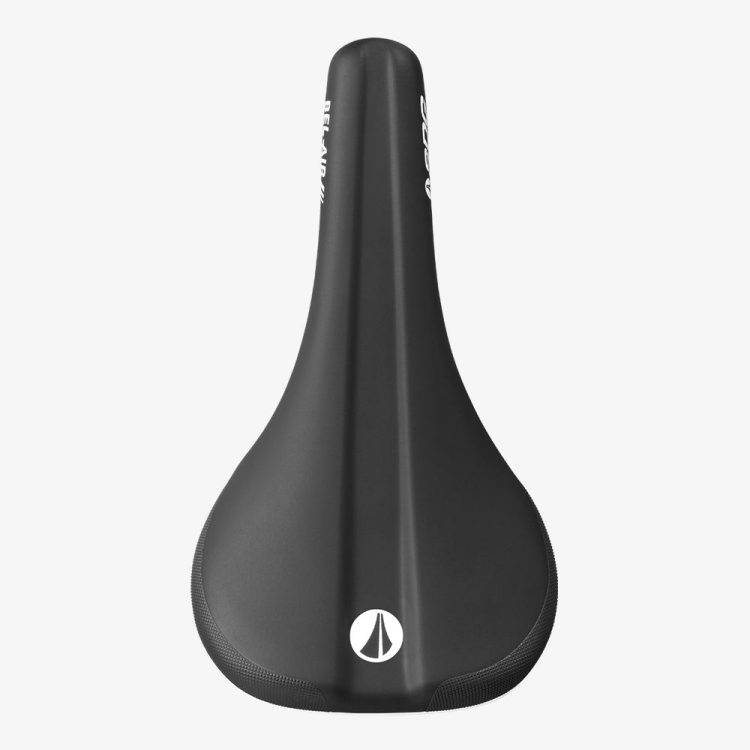
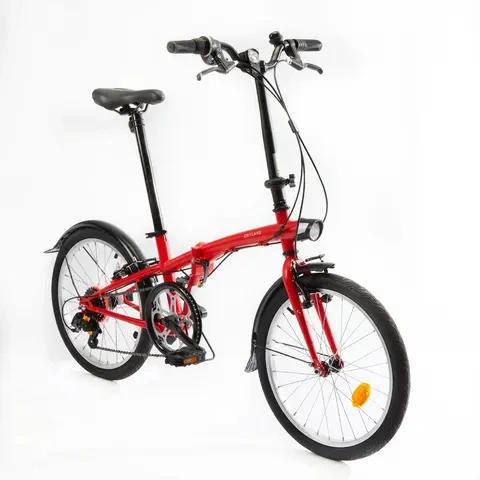

![2025 Built for Champions:[Orbea ORCA M21eTEAM PWR Review]](https://bestbikeselect.com/wp-content/uploads/2025/01/ORCA-M21eTEAM-PWR-1024x885.jpg)
![2025 Conquer Any Trail [Santa Cruz Bronson R Review]](https://bestbikeselect.com/wp-content/uploads/2025/01/Santa-Cruz-Bronson-R-1-1024x768.webp)
![2025 The All-Terrain Beast [Santa Cruz Hightower 3 MY24 Review]](https://bestbikeselect.com/wp-content/uploads/2025/01/Santa-Cruz-Hightower-3-MY24-1024x768.webp)
![The Best Comfortable Leisure Bike of 2025 [ Trek Verve 2 Lowstep Gen 5 ]](https://bestbikeselect.com/wp-content/uploads/2024/12/Verve-2-Lowstep-Gen-5-02-1024x681.png)
![2025’s Top Endurance Bikes [Cannondale Synapse Carbon 3 L Review]](https://bestbikeselect.com/wp-content/uploads/2025/01/Cannondale-Synapse-Carbon-3-L-1-1024x627.webp)
